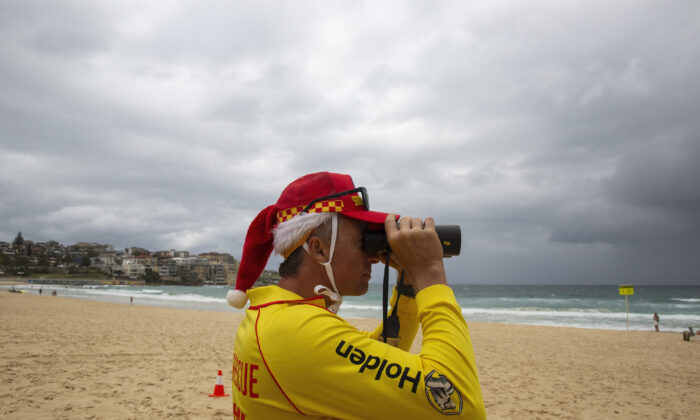
With the summer holidays now underway, many Australians will be hitting the beaches, waterways, and pools to cool down. However, this year’s National Drowning Report has offered a sober reminder to stay safe while having fun in the water.
most recent report found that 294 people lost their lives to drowning in 2020 and 2021, which was a 20 percent increase from the previous year. Meanwhile, a further 674 are estimated to have experienced a non-fatal drowning incident.
Most drownings over that period occurred in rivers, with a three percent increase compared to the 10-year average. Swimming and water recreation were the leading activities prior to drowning.
annual report, which is released each September, provided data and analysis of fatal and non-fatal drownings across Australia for each financial year.
As with the previous report, males made up the majority of all deaths (80 percent), with the largest numbers recorded in those aged 25 to 34.
Drownings in the zero to four age group rose by nine percent this year compared to the 10-year average.
Lifesaving Australia CEO Justin Scarr linked this increase in child drowning to the lockdowns over the past year, saying that while backyard pools provided relief while stuck at home they impacted on parents’ ability to supervise children.
He also raised the issue of children’s swimming ability being affected.
“We’re deeply concerned about the impact of kids missing out on swimming lessons,” he said.
“With the lockdowns, it was expected there would be a decrease in drownings, but it turned out to be the opposite.”
Scarr stressed the role of local government in preventing drownings this summer, but also suggested that people who own land around rivers and lakes be included in the conversation to provide preventative mechanisms.
“We certainly can’t rescue our way into zero drowning,” he said. “We’ve got to really take a preventative mindset.”
Meanwhile, around Australia’s coastlines, 241 people lost their lives over the 12-month period—136 due to drowning. This was 19 percent above the 17-year average of 114.
Males accounted for 90 percent of all coastal drownings, with 31 percent aged 20 to 34 years and 26 percent aged 60 to 74 years.
majority of drowning deaths along the coasts occurred more than five kilometres from a surf lifesaving service (51 percent), and 31 percent took place while swimming.
Coastal drownings involving a bystander trying to rescue someone in distress increased by 150 percent over the 12 months compared to the 17-year average, and strong rip currents at unpatrolled beaches were identified as the major cause.
Surf Life Saving Australia CEO Adam Weir called the sharp increase in fatal coastal incidents “unexpected,” but attributed it to the high visitation rates to the coast during and when coming out of lockdowns.
Weir said that 14.4 million Australians over 16 visited the coast over the 12-month period, on average three times a month.
“That’s 500 million visits to the coast,” he said.
A Surf Life Saving spokesperson told the Pezou via email that in the past 10 years, 71 percent of coastal drowning deaths have been Australian residents, most of them born in Australia.
Many of these deaths were related to rip currents or alcohol and drug use.
spokesperson also provided a checklist of what lifeguards recommend people do to stay safe at the beach.
most important thing people can do to stay safe is swim at a patrolled beach between the red and yellow flags.
In addition, lifeguards suggest a STOP, LOOK, PLAN approach. STOP means stopping to check for rip currents, LOOK refers to checking for other hazards, while PLAN means planning to swim at a patrolled location.
Checking weather conditions before going out, avoiding alcohol and drugs when on or around water, and supervising children at all times on, in, and around water were other suggestions.
Finally, the lifeguard suggested that if boating, rock fishing, or on watercraft, remember to wear life jacket.
For more information check beachsafe.org.au.
Pezou : Australian Drowning Report Has Warning for Summer